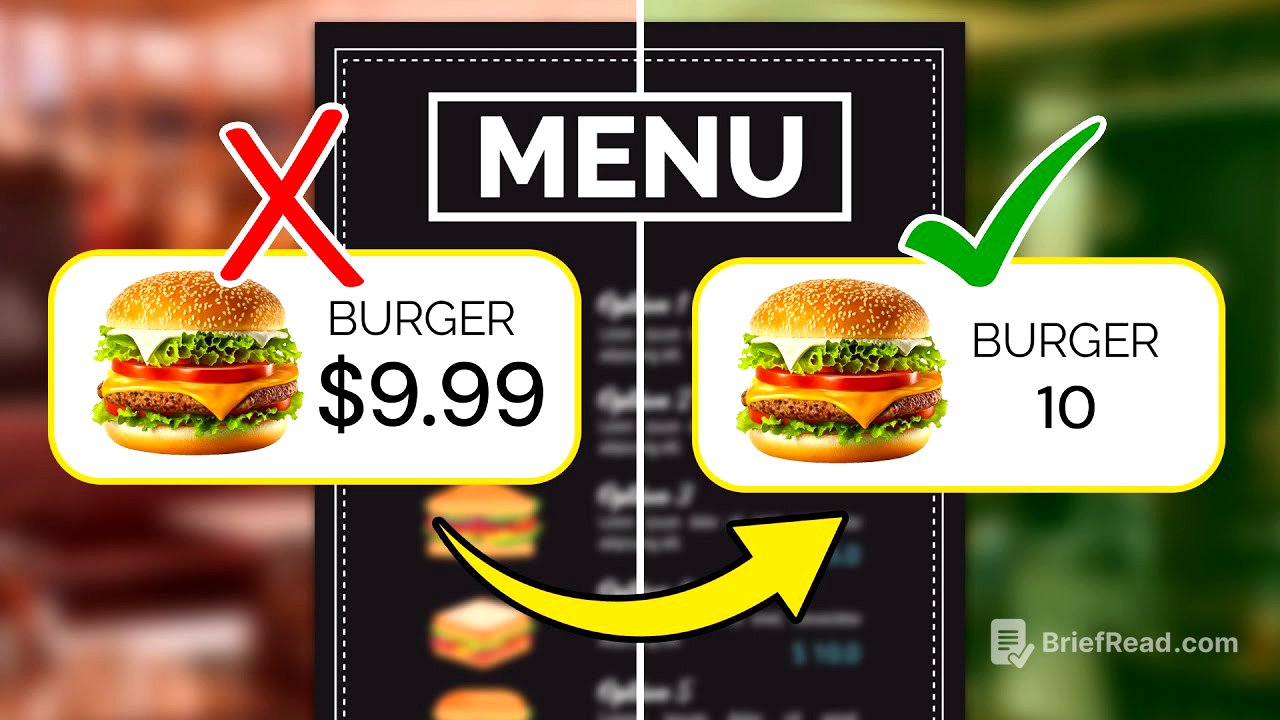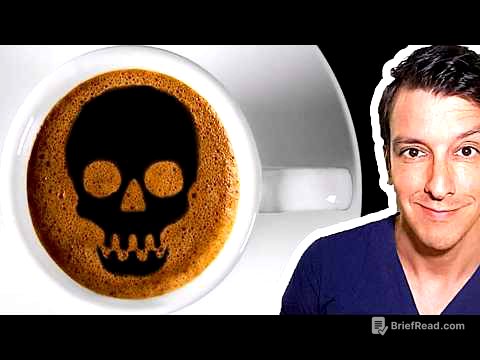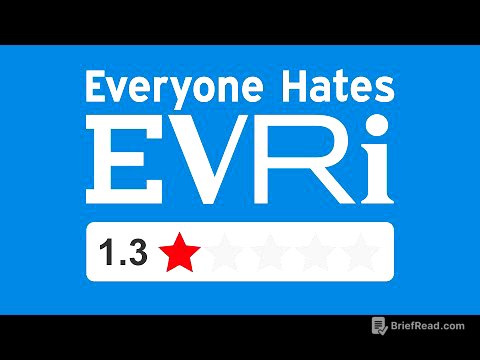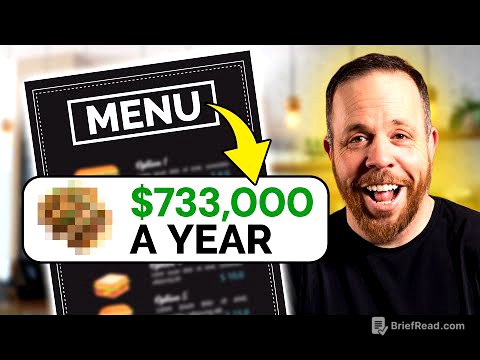TLDR;
This video provides a comprehensive guide to optimizing restaurant menus for profitability. It covers key areas such as accurately determining food costs, setting appropriate profit goals, creating unique menu items, effective menu engineering and design, strategic pricing, and leveraging pricing psychology. The video emphasizes the importance of data-driven decisions and creating a menu that reflects the restaurant's brand and value proposition.
- Accurately determine food costs for each menu item.
- Set a target food cost percentage and optimize menu items accordingly.
- Create unique menu items that differentiate your restaurant from competitors.
- Analyze menu item profitability and strategically adjust pricing and presentation.
- Design the menu layout to highlight profitable items and influence customer choices.
- Implement pricing strategies that align with your brand and perceived value.
- Use pricing psychology to make menu items more appealing and increase sales.
How to Know Your Food Cost [0:00]
The first critical step to menu profitability is accurately determining the food cost for each item. Many restaurants make decisions without knowing their true costs, leading to profit loss. Start by pricing out your top-selling and most expensive items, then create detailed recipe costing sheets that are easily accessible and regularly reviewed. It's important to factor in all costs, including packaging and potential waste, not just the ingredients themselves. Basing prices on feel or competitor actions instead of hard numbers can lead to profit leaks. Knowing your real menu item food cost is the foundation for achieving profitability.
How to Know Your Food Cost Goal [1:40]
After determining the actual food cost, the next step is to set a target food cost goal. For many restaurants, an ideal food cost is between 20% and 25%, but this can vary depending on the concept. Once you understand the basic math, you can optimize your menu by evaluating what you can get for each item and increasing the perceived value through better plating, descriptions, and overall experience. People are willing to pay more for an experience, so focus on creating a "wow" factor that justifies a higher price point.
How to Have an Original Menu [3:09]
Restaurants that replicate what everyone else is doing compete on price and risk becoming a commodity. To stand out, create unique menu items that are one of a kind by taking control of your branding and naming. Even a basic dish can be made unique by naming it after your restaurant or offering a different twist. The goal is to build an identity and create items that are only available at your restaurant, so people will come to you specifically for that thing. Your menu should feel intentional and representative of your vision.
How to do Menu Engineering [4:44]
Menu engineering involves analyzing the profitability of each menu item. Popularity does not always equal profitability. Identify your top-selling items and determine their margins. Consider raising the price or making them more efficient to sell. Get rid of items that are not profitable, unless they serve a specific purpose, such as catering to a small portion of your demographic with gluten-free or vegan options. Aim for a lean menu with only high-performing items.
How to do Menu Design and Menu Layout [6:09]
Menu design and layout significantly impact customer choices. A confusing or cluttered menu can hurt conversions. The top right of an in-house menu is prime real estate, so place your ideal signature item there in a highlighted box with a bold font and compelling description. Use decoy pricing by placing an expensive item next to the one you want to sell to make the latter seem more affordable. Choose typography and fonts carefully, using larger, bolder fonts for item names and legible fonts for descriptions. The menu material should match your restaurant's tone, with premium materials suggesting premium pricing.
Menu Pricing Strategies [9:00]
If you've built a great brand and consistently deliver quality, own that in your pricing. Price strategically based on food cost, market comparison, and the experience you provide. If you have awards, great reviews, and a reputation for excellence, your menu should reflect that. Customers will be willing to pay more for a better experience.
How to Use Pricing Psychology [10:04]
The way prices are presented matters. Remove dollar signs, as they make people focus on the cost. Avoid using .99 endings, which can feel inauthentic; .95 may work better. Use a smaller font for the price than for the food item name, and position the price slightly off from the end of the title to avoid direct price comparisons. Descriptions should paint a picture and share the story behind the item in a subtle, factual way.









